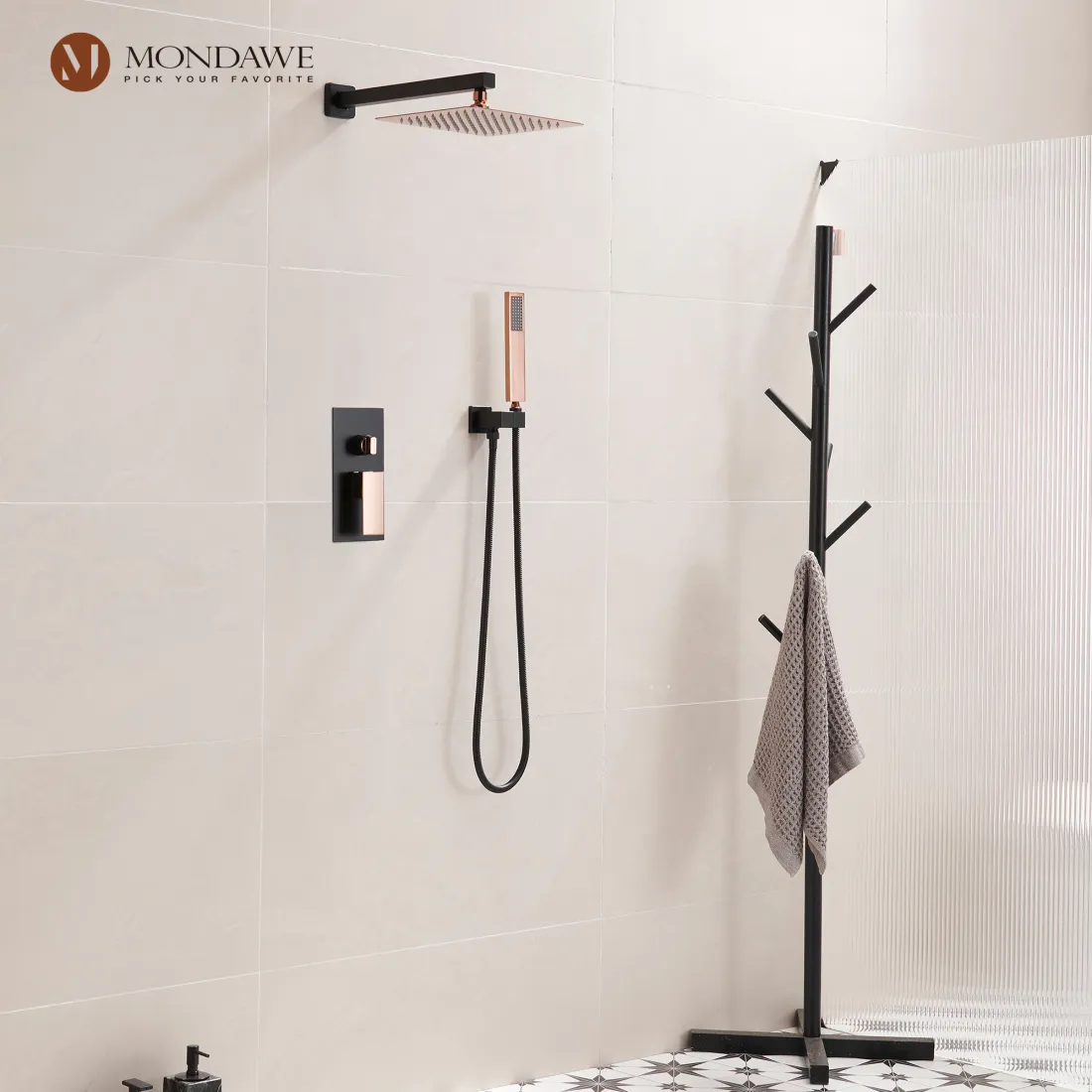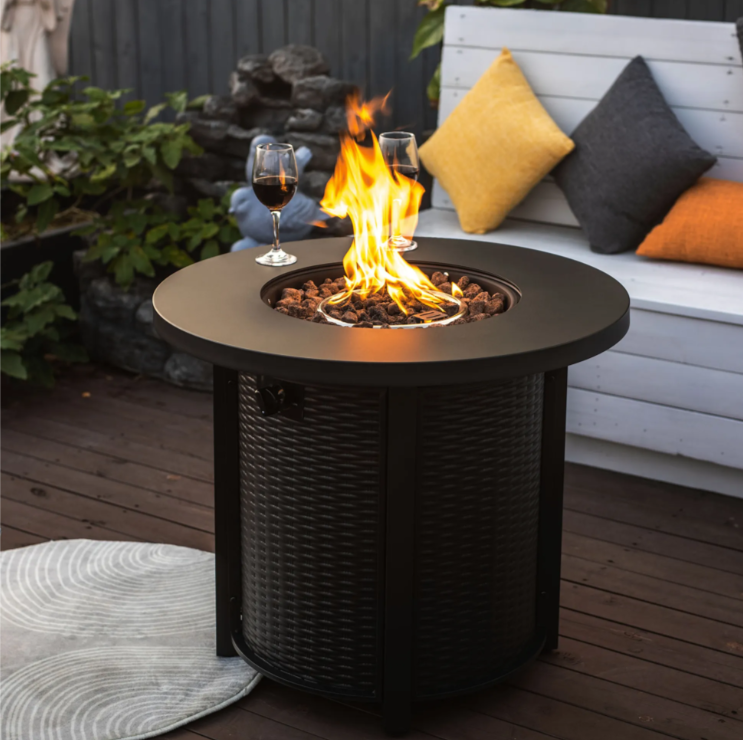How To Remove Kitchen Faucet Without Basin Wrench?
Jan 25,2024 | MONDAWE
Remove Your Kitchen Faucet !
Tired of your current decoration, and like to upgrade your kitchen again? Whether you're upgrading your kitchen faucet or making repairs, the process of removing a stubborn faucet without a basin wrench can be a daunting task.
We'll guide you through this, and offer you explore alternative methods and techniques to successfully remove a kitchen faucet without the use of a basin wrench. With the right approach and a bit of ingenuity, you can tackle this DIY project with confidence.
Gather the Necessary Tools and Supplies Before you begin
- Adjustable wrench
- Locking pliers
- Screwdriver
- Penetrating oil or lubricant
- Towels or rags
- Bucket or container
Preparing for the Removal Process
Shut off the water supply: Use your hand or an adjustable wrench to turn the shut-off valves clockwise. This motion will shut off the water flow to the faucet. Remember, "righty tighty, lefty loosey" applies here, so turning clockwise closes the valves.

Prepare the work area: Remove any items stored under the sink, such as cleaning supplies or storage containers. Clearing the area will provide you with ample space to work and make the removal process easier.
Let's Remove the Kitchen Faucet
Step 1: Open the Faucet
Before removing the faucet, turn the handle of the faucet to the full-open position. This will reduce water pressure and minimize water flow during the removal process.
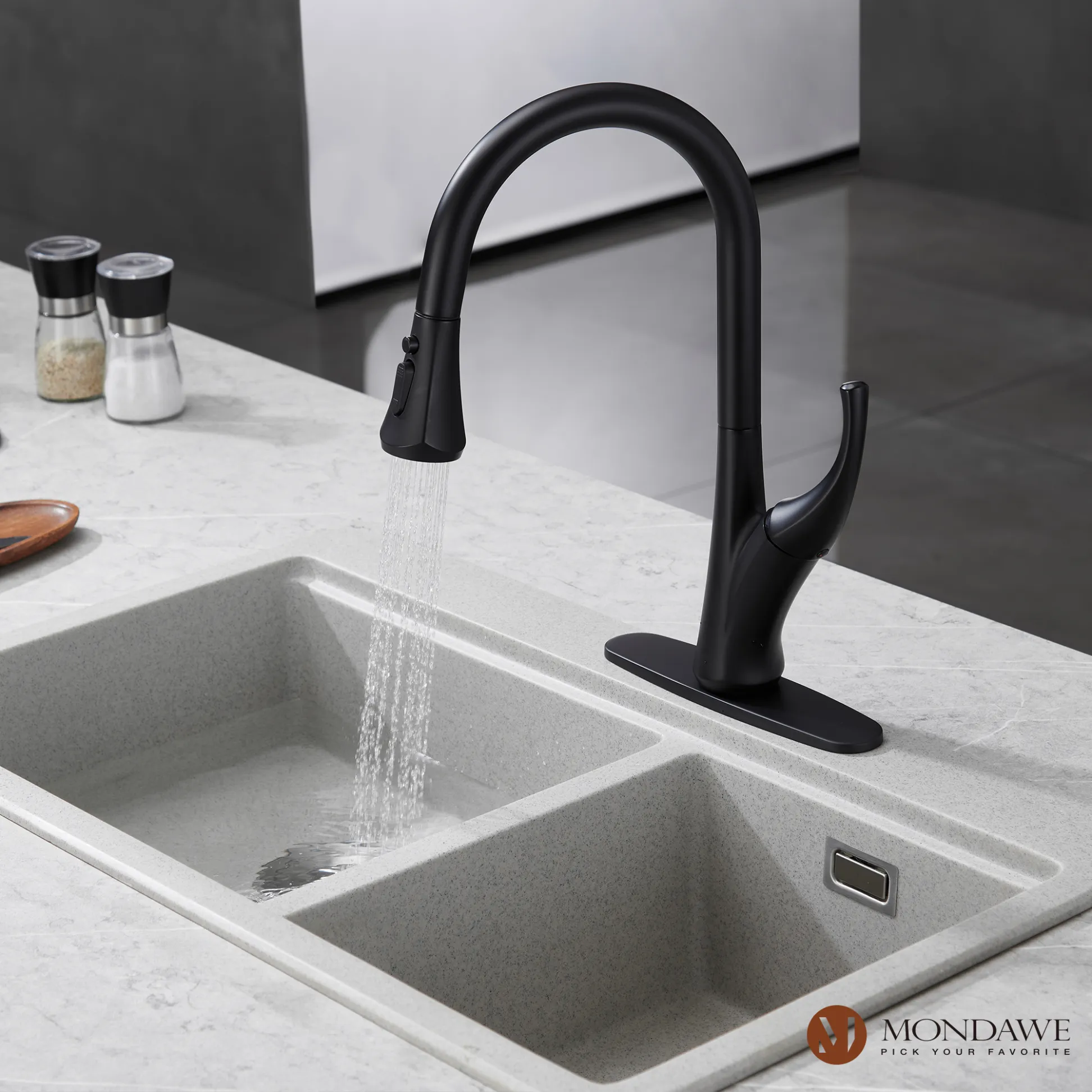
Step 2: Disconnect the Water Lines
After removing the nuts connecting the supply lines to the faucet, you can gently loosen the fittings connecting the lines using pliers or a wrench. If your faucet has flexible hoses, be cautious while loosening the connection between the hoses and the faucet.

Step 3: Remove the Faucet's Mounting Nut or Screws
Locate the mounting nut or screws at the bottom of the faucet. Use an adjustable wrench or screwdriver to loosen these nuts or screws in a counterclockwise direction. Depending on the faucet design, there may be two or more mounting nuts or screws.
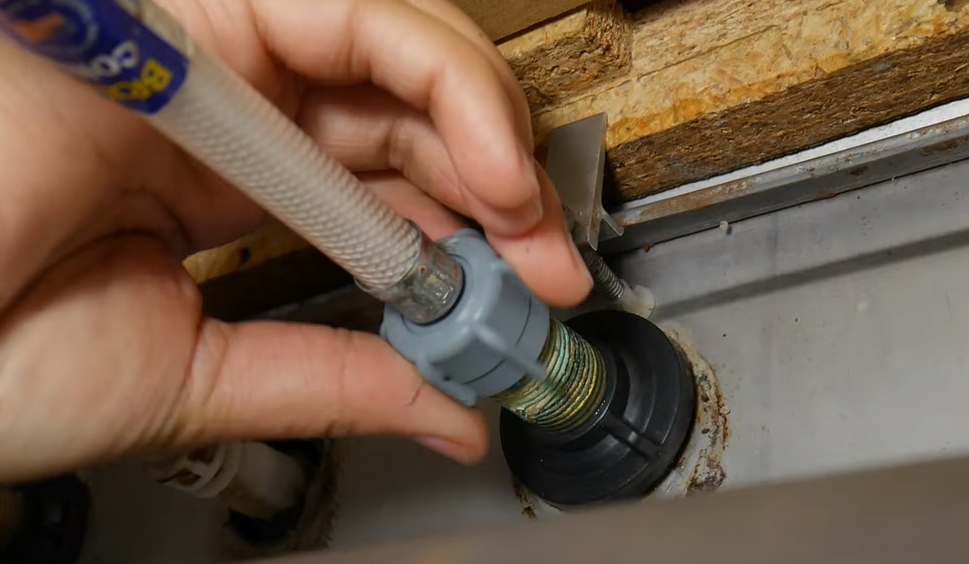
Step 4: Detach and Remove the Hoses
If your kitchen faucet has a sprayer attachment, you'll need to detach it before removing the faucet. Find the sprayer hose located beneath the sink, typically connected by threaded or quick-connect fittings. Loosen the connection point using pliers and remove the sprayer hose from the faucet.
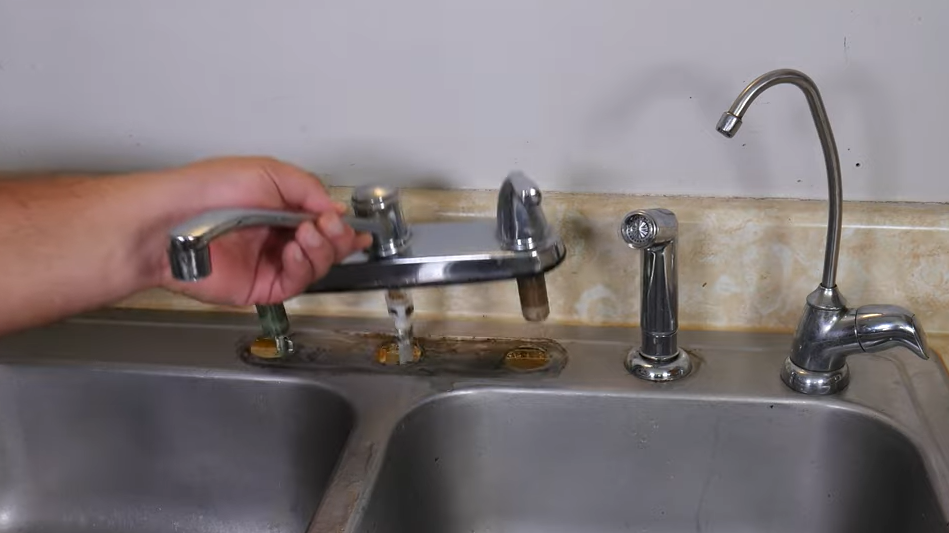
Once you've completed these steps, you have successfully removed the kitchen faucet. Remember to maintain a clean and organized workspace to avoid losing small parts. Take pictures or make notes during the removal process to ensure proper installation later. If unsure about anything, refer to the manufacturer's instructions or seek professional assistance.
Alternative Methods
If you still find it challenging to remove the kitchen faucet without a basin wrench, you can try the following alternative methods:
Step 1: Use a Socket Wrench
A socket wrench is a viable option for loosening fasteners like nuts. Select a socket that fits the nut size and use the wrench to apply appropriate force to loosen it.

Step 2: Utilize Adjustable Pliers
Adjustable pliers come in handy when you don't have a basin wrench. Adjust the jaws of the pliers to fit the nut size and use them to rotate counterclockwise to loosen the nut.
Step 3: Employ a Strap Wrench
A strap wrench provides a firm grip on objects like nuts. Wrap the strap around the nut, then apply force in the opposite direction to loosen the nut.
Step 4: Try Improvised Removal Tools
If none of the above methods work, you can create an improvised removal tool using a wooden or metal rod. File one end to match the shape of the nut and use it as a lever to loosen the nut.
Troubleshooting and Tips
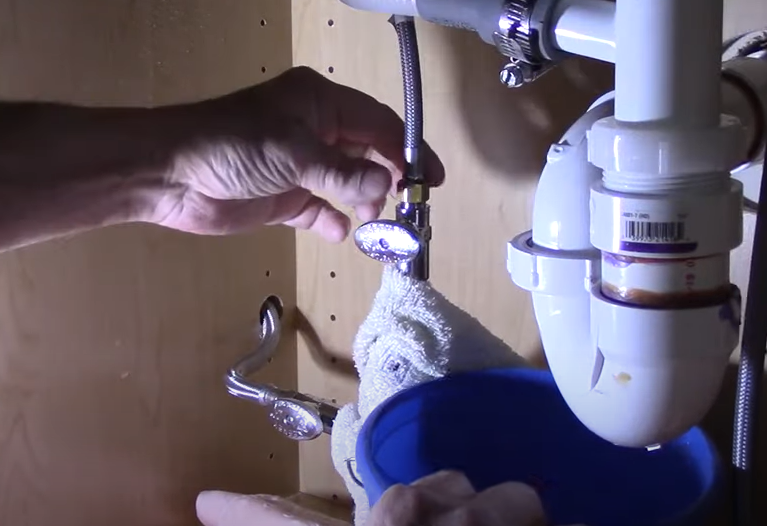
1.Dealing with Stuck or Corroded Parts
If any parts are stuck due to corrosion or buildup, apply some penetrating oil or rust remover and let it sit for a while before attempting to loosen it. If needed, you can also use larger wrenches or pliers to apply more force.
2.Precautions to Prevent Damage
Exercise caution while applying force to avoid damaging the faucet or surrounding fixtures. Use gentle and controlled movements and always protect the sink surface to prevent scratches or dents. You can place a soft cloth or towel underneath the tools if necessary.
Do It Yourself
it is entirely possible to remove a kitchen faucet even without a basin wrench as long as you have the right tools and knowledge. By following the steps outlined in this guide, you can successfully remove the kitchen faucet and address common issues like leaks or upgrades.
Remember to assess the situation, gather the necessary tools, and carefully disconnect the various components of the faucet. With a little patience and the use of alternative methods, you can complete this task even without a basin wrench. Regular maintenance and timely repairs will ensure the longevity and efficiency of your kitchen faucet.
FAQs
Q1: What tools do I need to remove a kitchen faucet without a basin wrench?
A1: To remove a kitchen faucet without a basin wrench, you will need an adjustable wrench, pliers, screwdriver, and a bucket or towel to catch water. These basic hand tools should be sufficient for the removal process.
Q2: How do I disconnect the supply lines from the faucet?
A2: Start by shutting off the valves beneath the faucet to stop the water flow. Then, use an adjustable wrench to loosen the nuts connecting the supply lines to the faucet. Once loosened, carefully detach the supply lines and be prepared to encounter some water.
Q3: Can I remove a kitchen faucet with a sprayer attachment without any special tools?
A3: Yes, you can remove a kitchen faucet with a sprayer attachment without any special tools. Begin by detaching the supply lines and disconnecting the sprayer hose, which is typically connected by threaded or quick-connect fittings. Once these steps are completed, you can proceed with removing the faucet as outlined in the blog post using basic hand tools like wrenches and screwdrivers.
More from Our Blog
Are White Kitchen Sinks A Good Idea?


